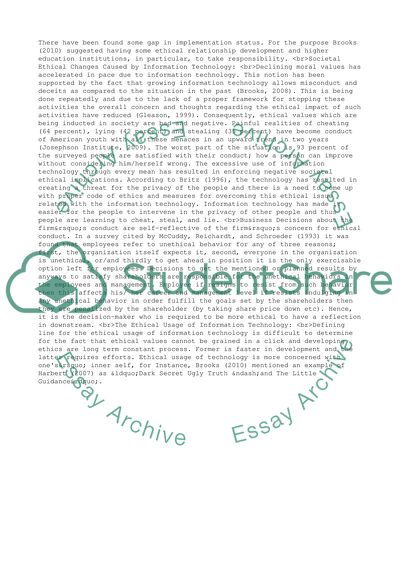Cite this document
(“The development of a code-of-ethics: IT challenges Research Paper”, n.d.)
The development of a code-of-ethics: IT challenges Research Paper. Retrieved from https://studentshare.org/business/1457714-the-development-of-a-code-of-ethics-it-challenges
The development of a code-of-ethics: IT challenges Research Paper. Retrieved from https://studentshare.org/business/1457714-the-development-of-a-code-of-ethics-it-challenges
(The Development of a Code-of-Ethics: IT Challenges Research Paper)
The Development of a Code-of-Ethics: IT Challenges Research Paper. https://studentshare.org/business/1457714-the-development-of-a-code-of-ethics-it-challenges.
The Development of a Code-of-Ethics: IT Challenges Research Paper. https://studentshare.org/business/1457714-the-development-of-a-code-of-ethics-it-challenges.
“The Development of a Code-of-Ethics: IT Challenges Research Paper”, n.d. https://studentshare.org/business/1457714-the-development-of-a-code-of-ethics-it-challenges.


